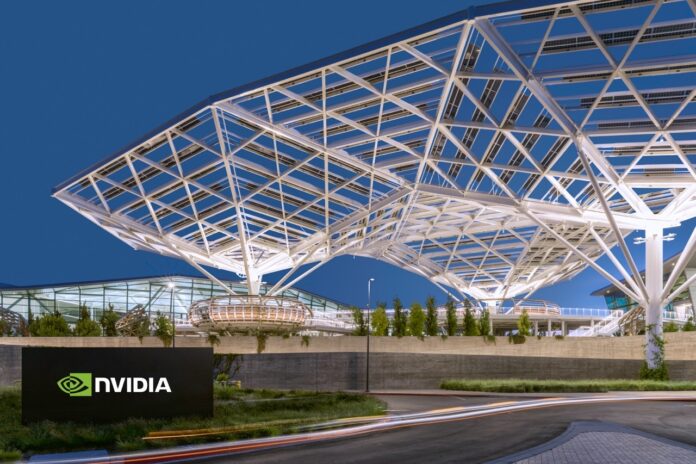Supply chain issues affected Nvidia’s data center sales, and weak guidance suggests a soft Q3 as well
Nvidia announced Q2 earnings after the markets closed on Wednesday, posting revenue of $6.7 billion for the quarter ending July 31, 2022. Net revenue dropped 72% year over year (YoY) to $656 million, with adjusted earnings per share of $0.51, down 51% YoY. Nvidia said it expects Q3 revenue to come in at about $5.9 billion, about $1 billion lower than Wall Street consensus estimates predicted. The Q2 news was in line with the dour preliminary numbers Nvidia offered earlier this month, but the overall grim news combined with Q3 guidance pushed Nvidia stock price down in after-hours trading, following the announcement.
“We are navigating our supply chain transitions in a challenging macro environment and we will get through this,” said Jensen Huang, founder and CEO of Nvidia.
Nvidia reported games revenue of $2.04 billion, a sharp 33% YoY drop. Nvidia had been riding high for years, as consumer and enterprise demand for its products vastly outstripped supply. The sudden change to work from home drove an upswing in consumer PC sales, with pandemic lockdowns driving consumer demand for gaming PCs with Nvidia graphics, as people looked for new entertainment options and better gear to get work done. What’s more, PC graphics cards with Nvidia’s chips were in hot demand throughout the cryptocurrency boom, as its graphics processing units (GPUs) were ideal for the computational tasks needed to generate digital coins.
But the crypto boom has turned bust, people are going to the office, and war is raging in Eastern Europe. Now Nvidia is stuck with too much inventory. Nvidia said earlier this month that it will take a $1.32 billion inventory write-down for the quarter, based on weak gaming products demand. Nvidia CFO Colette Kress explained that the company was caught having to honor long-term purchase commitments made to shore up component shortages during the worst of the pandemic lockdowns. Kress offered more details during a Wednesday call with analysts.
“As discussed in May, we expected a sequential decline in gaming revenue due to softness in Europe related to the war in Ukraine and COVID-19 lockdowns in China,” said Kress. Kress noted price adjustment programs with Nvidia retailers to draw down the overstock, and cited the company’s expected transition to a new chip architecture as a contributing factor.
Earlier this year, Nvidia was fined $5.5 million by the U.S. Securities and Exchange Commission (SEC) for failing to disclose to investors in 2018 how much of its gaming card demand had been driven by cryptocurrency mining. These days, Nvidia simply says that it doesn’t know what consumers are doing with its chips.
Regarding crypto, Kress cited “a diminishing contribution to gaming demand,” but stopped short of providing details. “We are unable to accurately quantify the extent to which reduced crypto mining contributed to the decline in gaming demand,” she added.
Sales of Nvidia’s data center products totaled $3.81 billion for the quarter, rising 61 percent YoY but still short of Nvidia’s previous guidance. Kress laid the blame on supply chain disruption. Hyperscaler revenue nearly doubled year-on-year, she said, but the strong domestic data center growth was “more than offset” by weak demand from hyperscalers in China owing to “domestic economic conditions.”
“Key workloads driving growth include natural language processing, recommender systems, autonomous vehicle fleet, data processing and training and cloud graphics,” said Kress.
A growing market vertical for Nvidia is the automotive market. Kress called Q2 “an inflection point” for Nvidia automotive revenue, which totaled $220 million – a 59% YoY rise. The company announced rollout plans for its Orin vehicle automation platform with several Chinese carmakers during the quarter.
“Looking forward, we expect our $11 billion automotive design win pipeline to translate to continued growth,” said Kress.

